The Natural Changes Your Skin Undergoes Over Time
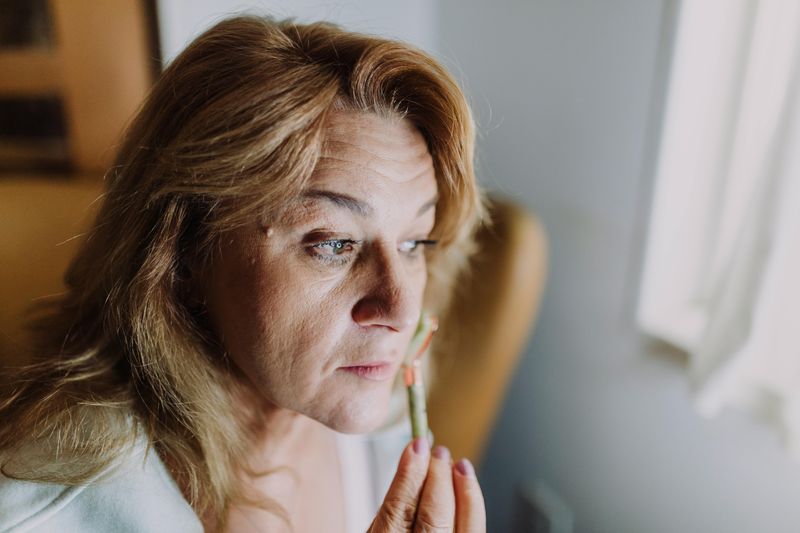
Our skin tells the story of our lives, changing naturally as we journey through different ages and stages. From the plump, dewy skin of our youth to the wisdom-etched features of our later years, these shifts are a normal part of growing older. Understanding these changes can help you better care for your skin and embrace the natural aging process with confidence and grace.
1. Collagen Loss Creates Fine Lines
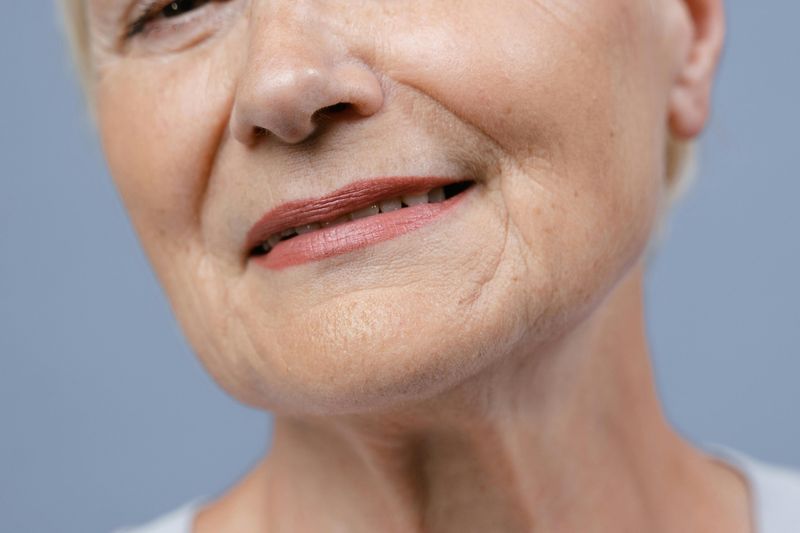
Starting in your twenties, your skin begins producing less collagen each year. This important protein gives skin its bounce and firmness, so when production slows down, fine lines start to appear around your eyes and mouth.
Skin cells also take longer to renew themselves, which means your face might not look as bright as it once did. Think of it like a mattress slowly losing its springs over time – the structure is still there, but it’s not as firm and bouncy.
While you can’t stop this process completely, using sunscreen daily and moisturizing regularly can help slow it down.
2. Moisture Levels Drop Dramatically
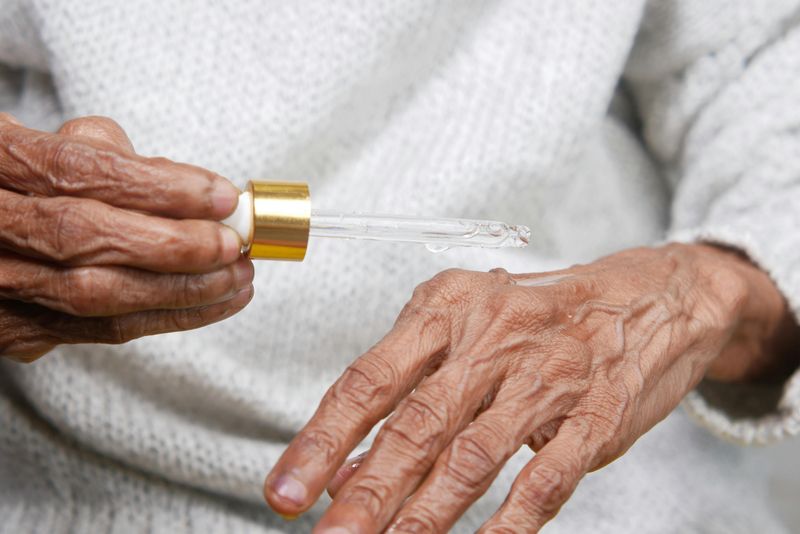
Remember how your skin bounced back quickly after pinching it when you were younger? That springy quality comes from moisture and natural oils. As years pass, oil glands become less active, leading to drier, sometimes flaky skin.
This change often becomes noticeable in your thirties and forties. Your skin might feel tight after washing, or makeup might not glide on as smoothly as before.
Adding hydrating ingredients like hyaluronic acid to your skincare routine can help replace what’s naturally declining. Drinking plenty of water supports your skin from the inside too!
3. Sun Damage Surfaces as Spots
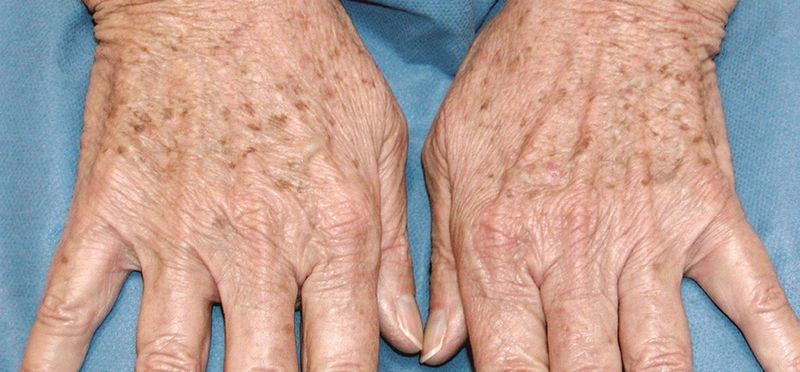
Those carefree days at the beach during childhood? They might show up years later as brown spots on your skin. Sun damage doesn’t always appear right away – it can hide beneath the surface for decades before becoming visible.
Around your forties and fifties, these spots (sometimes called age spots or liver spots) often appear on areas that got the most sun: face, hands, arms, and chest. They’re actually clusters of pigment that form when UV rays damage your skin cells over time.
Wearing sunscreen every day – even when it’s cloudy – is your best defense against future spots.
4. Elasticity Fades and Gravity Wins
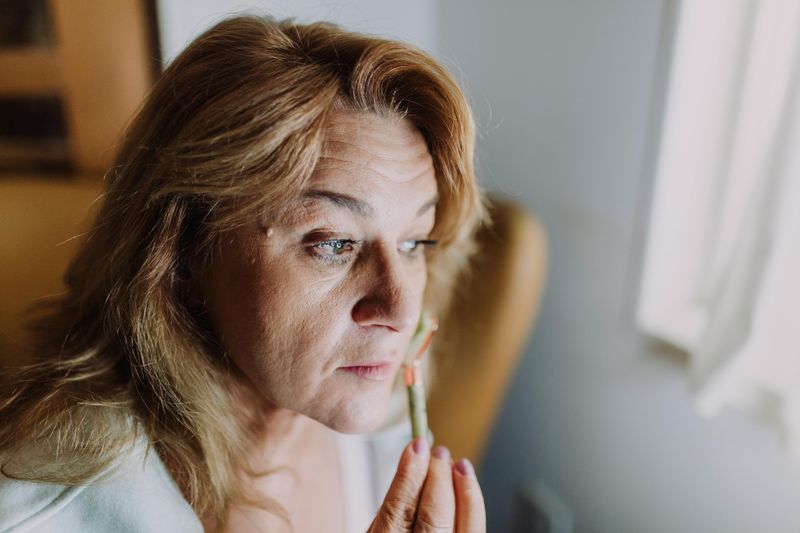
Elastic fibers in your skin work like tiny rubber bands, helping everything snap back into place when you smile or frown. With age, these fibers break down and don’t repair themselves as efficiently.
By your fifties and beyond, this loss of elasticity combines with gravity’s constant pull, creating sagging around the jawline, neck, and cheeks. It’s like a piece of fabric that’s been stretched too many times and can no longer return to its original shape.
Facial exercises and products containing peptides may help support your skin’s structure, though the effects will be subtle compared to medical procedures.
5. Healing Power Slows Down
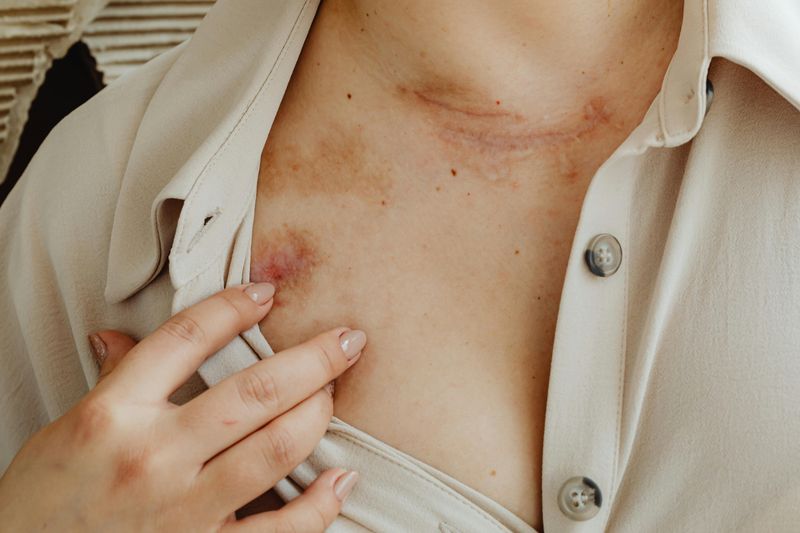
Cut your finger as a kid and it healed in days. The same cut in your sixties might take weeks to disappear completely. Your skin’s remarkable ability to repair itself gradually slows with age as cell turnover decreases.
Blood flow to the skin also reduces over time, bringing fewer nutrients and repair cells to injury sites. This explains why bruises might linger longer and scrapes take extra time to heal.
Supporting your skin’s healing process becomes more important with age – getting enough protein, vitamins C and E, and zinc in your diet helps provide the building blocks your skin needs for repairs.
6. Fat Distribution Shifts and Changes

The plump cheeks of childhood don’t just disappear because we ‘grew up’ – they transform because of natural fat redistribution in our face. Young skin has evenly distributed fat pads that create soft contours and that cherubic fullness we associate with youth.
As decades pass, these fat pads shift position and sometimes shrink, especially around the cheeks, temples, and eye areas. This movement creates new hollows and shadows that weren’t there before. Meanwhile, some areas might gain fat, particularly along the jawline and under the chin.
This natural migration explains why our face shape subtly changes with time, developing more angles and different contours than in our younger years.
7. Skin Texture Becomes Increasingly Varied
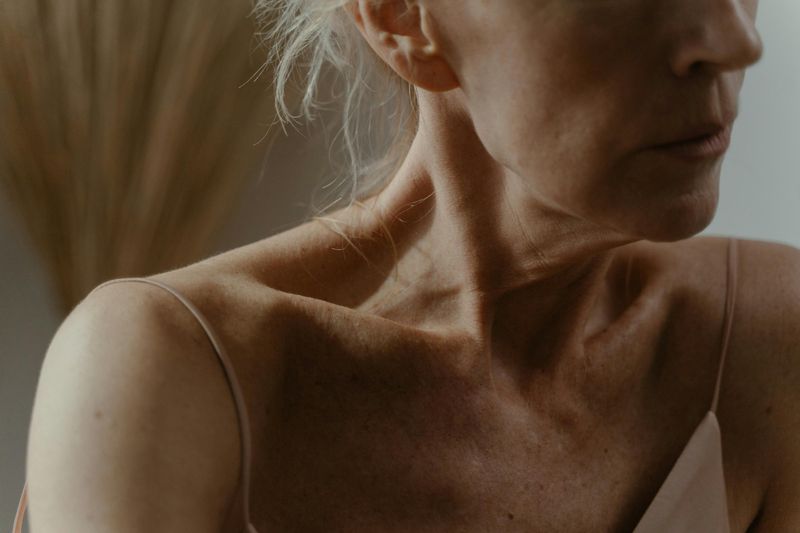
Remember how baby skin feels impossibly smooth? As years pass, your skin develops character through varying textures across different body areas. The delicate under-eye region might become paper-thin while elbows and knees naturally toughen up.
Environmental factors play a significant role in this transformation. Areas frequently exposed to sun, wind, and pollution often show texture changes earlier than protected spots. Even your sleeping position can create temporary creases that eventually become more permanent.
Embracing these texture variations means adjusting your skincare accordingly. Areas with rougher texture benefit from gentle exfoliation, while thinner areas need extra hydration and protection. Many dermatologists recommend touching your skin regularly to become familiar with its changing landscape.

Comments
Loading…